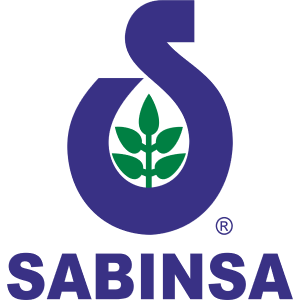Sabinsa, a pioneer in the nutraceutical and cosmeceutical industry, has provided documentation to appropriate government agencies in its continuing efforts to identify and remove adulterated vitamin C additives from the market, a practice to which Sabinsa alerted the industry earlier this year.
Sabinsa has provided FDA and FTC with documentation concerning an ingredient falsely marketed and sold as vitamin C derived from amla fruit (Emblica officinalis), which two independent labs have confirmed is actually derived from corn, sugarcane or other plants. In addition to false marketing, this undocumented additive may be considered adulteration under the Food, Drug & Cosmetic Act.
Last June, Sabinsa warned about a growing prevalence of products falsely purporting to contain vitamin C derived from amla. In fact, it has been established that amla contains only trace amounts of ascorbic acid. Instead of ascorbic acid, amla’s antioxidant properties are attributable to certain gallic acid esters (β-glucogallin and mucic acid 1,4-lactone 5-O-gallate). For example, Saberry®, Sabinsa’s proprietary amla extract, contains a minimum of 10% β-glucogallin and gallates, but only trace amounts of ascorbic acid. Although it was once thought that amla may contain high levels of ascorbic acid, those claims were later shown to be erroneous.
Since 1995, isotope ratio mass spectrometry (IRMS) has been used to detect extraneously added vitamin C in fruit juices and other products, and to identify those “spiked” with biosynthetic vitamin C.
IRMS can be used to determine a substance’s 13C/12C isotopic ratio, referred to as its δ13C value. The great majority of plants, which use C3 photosynthesis, have δ13C values between –22‰ and –30‰. On the other hand, plants which use C4 photosynthesis — including corn, sugar cane, and sorghum — have δ13C values between –8‰ and –13‰.
Because amla is a C3 plant, adulteration of “pure” amla extract with inexpensive, biosynthetic vitamin C from sugars from C4 plants like corn is readily identifiable through IRMS.
Sabinsa has become aware of a number of beverage additives and supplements which falsely claim to contain high levels of amla-based vitamin C. Such products appear to be “spiked” with inexpensive vitamin C derived from corn or other C4 plant. Such adulterated, mislabeled products may violate the FD&C Act, the FTC Act, as well as state and federal consumer protection laws.
“Sabinsa is working to bring such products to the attention of appropriate government agencies, and we urge the industry to exercise caution when purchasing ‘natural’ vitamin C additives and supplements,” said Dr. Muhammed Majeed, founder and chairman of Sabinsa. “Absent independent IRMS analysis confirming the authenticity of such materials, they may be adulterated with biosynthetic vitamin C. This is especially a concern with purportedly ‘pure’ amla-based vitamin C additives. Because amla contains only trace amounts of vitamin C, such products are likely adulterated with vitamin C from other sources.”










